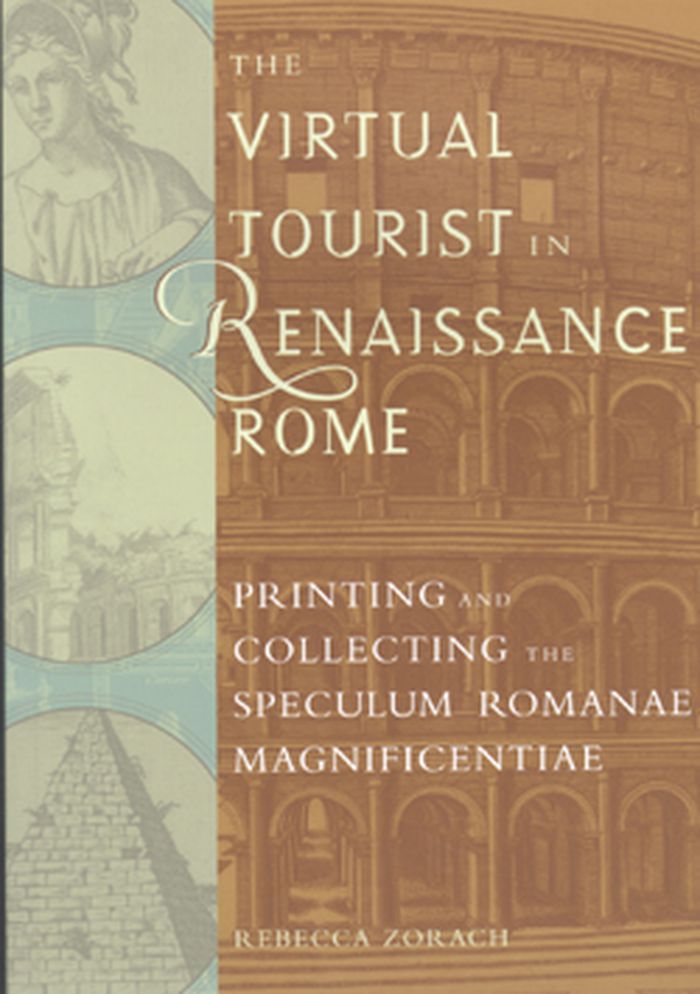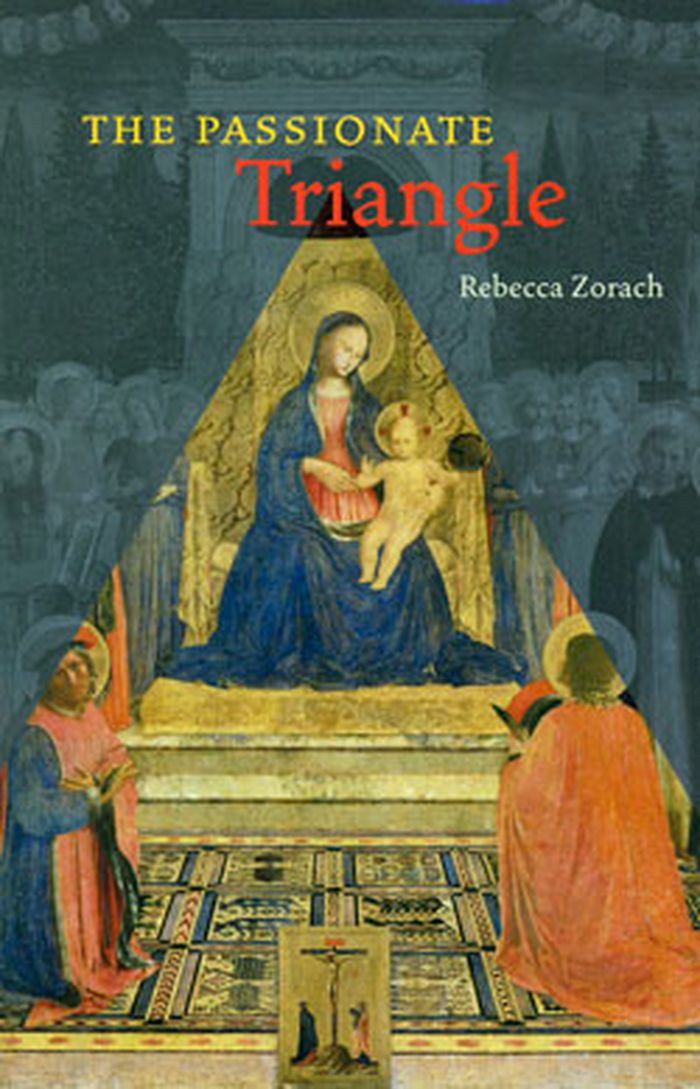The virtual tourist in Renaissance Rome: printing and collecting the speculum romanae magnificentiae
$25.00
(available to order)
Summary:
In 1540 Antonio Lafreri, a native of Besancon transplanted to Rome, began publishing maps and other printed images that depicted major monuments and antiquities in Rome. These prints - of statues and ruined landscapes, inscriptions and ornaments, reconstructed monuments and urban denizens - evoked ancient Rome and appealed to the taste for classical antiquity that defined(...)
The virtual tourist in Renaissance Rome: printing and collecting the speculum romanae magnificentiae
Actions:
Price:
$25.00
(available to order)
Summary:
In 1540 Antonio Lafreri, a native of Besancon transplanted to Rome, began publishing maps and other printed images that depicted major monuments and antiquities in Rome. These prints - of statues and ruined landscapes, inscriptions and ornaments, reconstructed monuments and urban denizens - evoked ancient Rome and appealed to the taste for classical antiquity that defined the Renaissance. \Collections of these prints came to be known as the "Speculum Romanae Magnificentiae", the "Mirror of Roman Magnificence." Published in conjunction with an exhibition of the University of Chicago Library's "Speculum Romanae Magnificentiae", the largest collection of its kind in the world, "The Virtual Tourist in Renaissance Rome" places these prints in their historical context and examines their publishing history. Editor Rebecca Zorach traces their journey from their creators and publishers to pilgrims, collectors, antiquarians, and dealers - "virtual tourists" who, over several centuries, revisited and reinvented the Renaissance image of Rome. A marvelous exploration of a rich collection of engravings and etchings, this illustrated volume will fascinate anyone interested in Renaissance Rome, the history of print collecting, the reception of antiquity, and tourism.
History until 1900, Italy
The passionate triangle
$49.95
(available to order)
Summary:
Triangles abounded in the intellectual culture of early modern Europe—the Christian Trinity was often mapped as a triangle, for instance, and perspective, a characteristic artistic technique, is based on a triangular theory of vision. Renaissance artists, for their part, often used shapes and lines to arrange figures into a triangle on the surface of a painting—a practice(...)
The passionate triangle
Actions:
Price:
$49.95
(available to order)
Summary:
Triangles abounded in the intellectual culture of early modern Europe—the Christian Trinity was often mapped as a triangle, for instance, and perspective, a characteristic artistic technique, is based on a triangular theory of vision. Renaissance artists, for their part, often used shapes and lines to arrange figures into a triangle on the surface of a painting—a practice modern scholars call triangular composition. But is there secret meaning in the triangular arrangements artists used, or just a pleasing symmetry? What do triangles really tell us about the European Renaissance and its most beguiling works of art? In this book, Rebecca Zorach takes us on a lively hunt for the triangle’s embedded significance. From the leisure pursuits of Egyptian priests to Jacopo Tintoretto’s love triangles, Zorach explores how the visual and mathematical properties of triangles allowed them to express new ideas and to inspire surprisingly intense passions. Examining prints and paintings as well as literary, scientific, and philosophical texts, 'The Passionate Triangle' opens up an array of new ideas, presenting unexpected stories of the irrational, passionate, melancholic, and often erotic potential of mathematical thinking before the Scientific Revolution.
Art Theory

